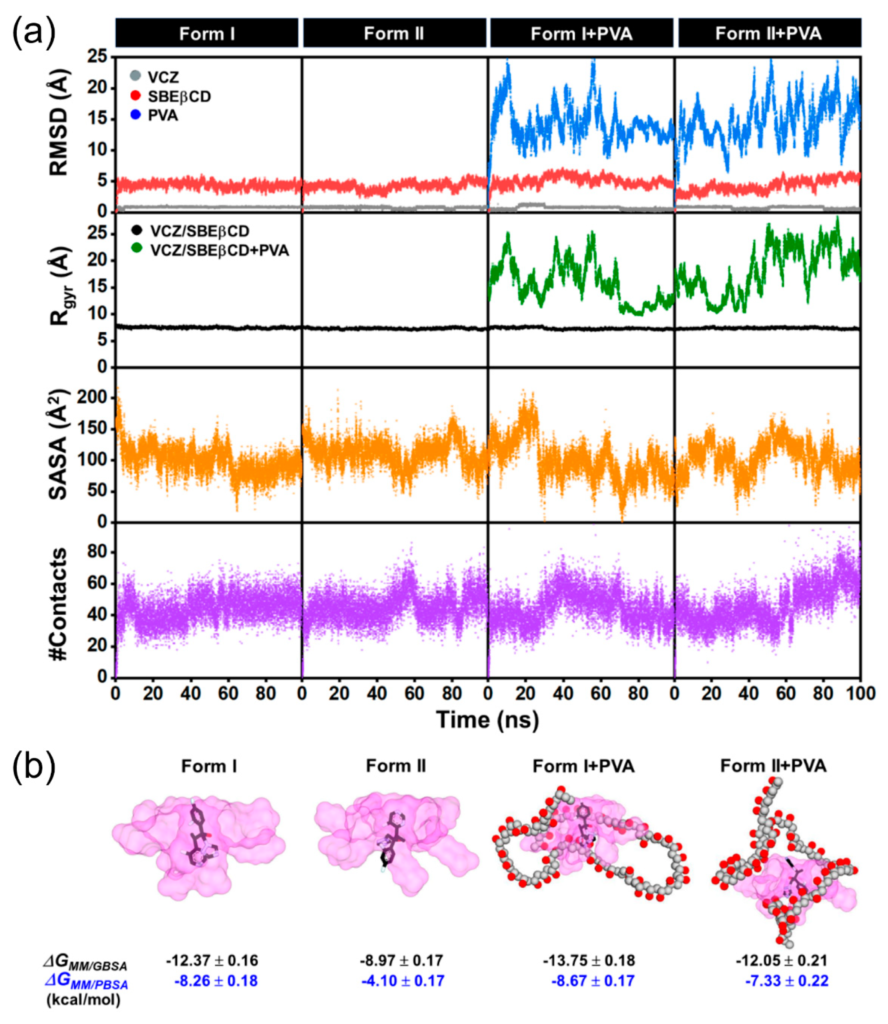Resveratrol eye drops as well as preparation method and application
In some cases, the simplest, most straightforward ideas are the best. Why not develop an eye-drop based on cyclodextrin and resveratrol? The resveratrol captured in an HPBCD inclusion complex has the advantages of simple preparation, short preparation period, no organic solvent residue, and no bacteriostatic agent. The lipoic acid added in the clathrate eye drops prepared by the invention cooperates with the resveratrol to play a better antioxidant effect so that the xerophthalmia is better relieved, and the treatment effect is achieved.
What to create similar solutions? Visit: www.carbohydesolutions.com – Carbohyde
Original paper: Espacenet – Resveratrol eye drops as well as preparation method and application thereof





